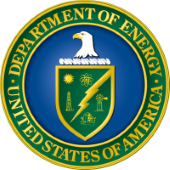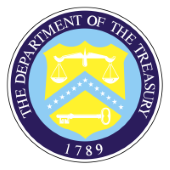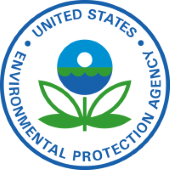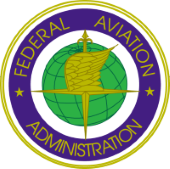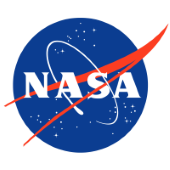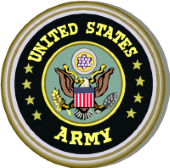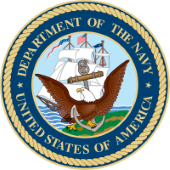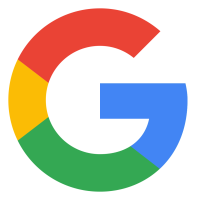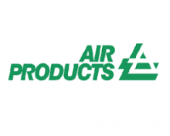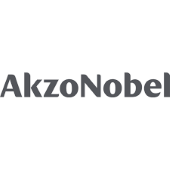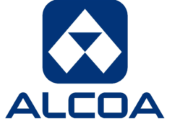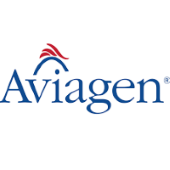|   |
|
ABSTRACT 1
Creating, Using, and Auditing FMEAsIndustry: All Industries Keywords: Auditing, FMEA, AIAG, VDA Level: Advanced LinkedIn: www.linkedin.com/in/patsyballbrown AIAG is a leader in the publication of forms and instructions for conducting design and process FMEAs. Many industries outside of automotive use the same process developed and published by the AIAG, and many more use a variation of that process. AIAG and VDA, through a joint effort, have developed a more comprehensive FMEA process for both design and process FMEAs. This new process was published in 2019. It includes an Action Priority (AP) rating process to replace the Risk Priority Number (RPN) assessment as well as an enhanced analysis of the structure and function of the design features and process steps. Discussion will center around three areas:
| ABSTRACT 2 Using Prevention and Detection Controls from FMEAs for Continual ImprovementIndustry: Manufacturing Keywords: FMEA, Continual Improvement, Control Plans Level: Intermediate LinkedIn: www.linkedin.com/in/patsyballbrown In this presentation, I will demonstrate how information determined in the process FMEA development process can be used to drive continual improvement. Examples from older and newer (AIAG & VDA) methodologies will be used. The presentation will focus on using Prevention and Detection Controls that are determined in the process FMEA to determine evaluation and measurement techniques to be identified in the Control Plan. Then, the need for supporting documents and processes to conduct these controls will be discussed. Results derived from these controls – ppm defect levels, % yield, etc. – will be discussed and analysis of these results will lead to opportunities for continual improvement. Background: Process FMEAs are developed when new products are being developed and introduced into production as well as when changes are made to existing products. In both cases, the FMEA process involves determining prevention controls and detection controls that will be implemented when production commences. The effectiveness of prevention controls is considered when determining the expected Occurrence ratings in the FMEA. Detection controls are identified, based on the planned or implemented controls, and Detection ratings are determined by comparison to the criteria identified in the Process FMEA Detection tables. When the Risk Priority Number (RPN) or Action Priority rating indicates the need for further action to optimize performance, additional prevention and/or detection controls are determined and implemented. Then, the Occurrence and Detection ratings are evaluated to determine the new values. Use of Prevention and Detection Controls: When these controls are identified, they are used to determine what actions are identified in the control plans for evaluation of the product and process characteristics relevant to each step in the manufacturing process. Sample sizes and frequency of these evaluations are specified. As these methods are identified, instructions and procedures are developed and methods to record results are implemented. The need for employee training will become evident as these processes are established and implemented. Results: Data collection methods implemented at each control point specified in the control plan generate results for each product and process requirement being evaluated. Analyses should be conducted to determine if results meet the capabilities and defect levels that were contracted for that product. If contractual requirements are not being met, corrective action is needed. If results meet the agreed levels, then continual improvements can be pursued. Processes should be analyzed and prioritized for potential improvements considering processes with higher ppm defect levels or with lower yields. |
BIOGRAPHY
Patsy BrownConsultant, Trainer, Brown & Associates Quality Consulting, Inc. Patsy Brown has experience in Quality Engineering and Quality Management with major corporations and as an independent consultant and trainer. She has provided consulting and training support to companies in achieving registration to one of the ISO 9001-based standards and has assisted them in developing and integrating quality management systems with environmental, occupational health and safety, food safety, supply chain, and other management systems. Mrs. Brown has extensive audit experience in evaluating management systems for conformity to the requirements of these various standards. Areas of expertise include ISO 9001, IATF 16949, AS9100, FS 22000, ISO 14001, and ISO 45001. Additionally, she has experience in Six Sigma and other quality-specific topics including Problem Solving and Root Cause Analysis, Statistical Analysis and SPC, Failure Mode and Effects Analysis (FMEA), and the automotive core tools. She provides leadership training for supervisors and managers. Mrs. Brown holds master’s degrees in industrial engineering and in Engineering Management. She is an ASQ Fellow and a Certified Quality Engineer, Reliability Engineer, Quality Auditor, Manager of Quality/Organizational Excellence, and Certified Six Sigma Black Belt. She holds credentials as an auditor for ISO 9001 quality management systems, ISO 14001 environmental management systems, and ISO 13485 medical device management systems by Exemplar Global. She is a frequent conference speaker and contributing author to technical publications. |





